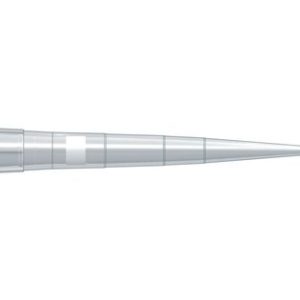TipOne ® RPT(Repel Polymer Technology)
Most Companies use a siliconization, fluoidation and the formation of a wax layer for the manufacture of “Low Retention” tips.
All have one major drawback: as an additional layer is formed on the surface of the PP which is not firmly connected to the PP at an atomic level there is, for instance, a risk of bleeding and, consequently, contamination of the sample.
In contrast, the “Repel Polymer Technology”(RPT) optimises the plastic surface using molecular hydrophobising. The entire tip has the same excellent properties and has a 3x lower surface energy than Teflon (PTFE). This complex and highly innovative method creates an invisible superhydrophobic surface which cannot bleed due to its covalent bond. This prevents contamination or negative cross reactions in experiments. It also produces less foam.
Why RPT?
You know how it is: a Lysis buffer needs to be prepared and, annoyingly, the Triton X-100 cannot be pipetted properly.
You are also experiencing problems with the pipetting of Tween or glycerine? You can, of course, pipette very, very slowly, but many users have resorted to cutting the pipette tips to create a larger opening. However, not only is this complicated it can also lead to contamination.
Using pipette tips with special surface properties offers a practical solution to this problem. The objective is to create a surface that is as hydrophobic and smooth as possible to ensure that no liquid is retained in the tip. In this context, this is also referred to as “Low Retention” tips.
TipOne ® RPT vs. standard tip
To find out how TipOne ®RPT tips perform when compared to standard tips, different solutions with liquids with “critical” flow properties were prepared and pipetted using 200 μL RPT tips and/or standard tips. It was determined how much liquid runs back out of the tip.
When TipOne ® RPT tips are used, sample losses are lower. The more viscous/concentrated the pipetted liquid, the greater the difference is between standard tips and RPT tips.














